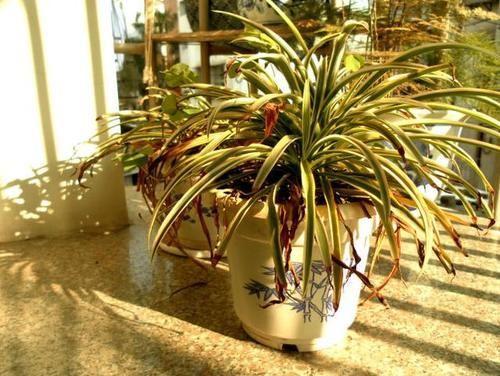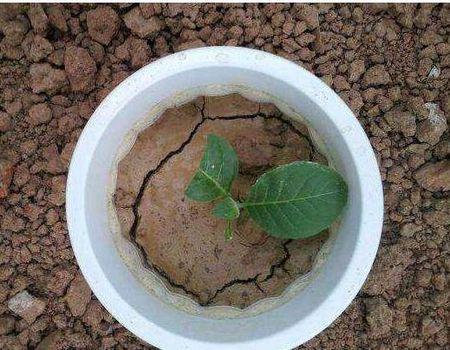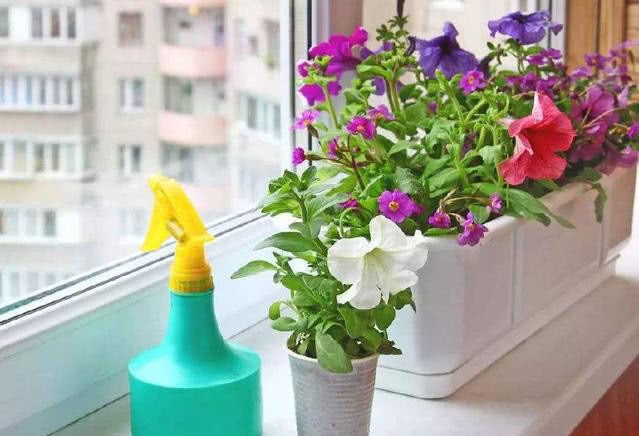Don't ignore the fact that the orchid is withered and can't grow well. Deal with these three points.

When cultivating Cymbidium, such as improper placement, too strong or insufficient light, too much or too little watering, leaves are easy to turn yellow, lack of vitality, serious plants wither and die, insufficient or excessive fertilization, but also cause leaves yellowing, scorched head aging, and even death. The dry tip of Cymbidium leaves is mainly caused by strong light, air drying and so on. Therefore, the cultivation of Cymbidium in the north should be maintained under the shade or in the shade in summer, and hang in front of the window where the light can be seen or on the top of the bookshelf in other seasons to make its creeping branches droop naturally.
The first point is that the hanging orchid basin soil is stagnant and the nutrient fibrous root is rotten. Because the potted soil is too sticky or too heavy, or watering too frequently, the vegetative fibrous roots of Cymbidium are rotten, so the ability of the root system to absorb water will be greatly reduced, which will lead to the blackening of the leaf tip and the inner curvature of the edge. If this is the case, you can remove the plant from the flowerpot, shake off part of the persistent soil, cut off the rotten root system, replace it with clean wet sand, keep the sand moist, do not spray too much water, and wait for the emergence of white and tender whisker roots. and then replace the fertile culture soil for planting.
The second point is that the air is dry, the sun is too strong and the temperature is too high. This situation mainly occurs in summer and autumn, because Cymbidium likes to grow in humid and semi-overcast environment, once the air is too dry and the sun is unsheltered, and if the temperature is as high as 30 ℃ or above, it is easy to cause the leaf tip of the plant to wither. If this is the case, you can put the plant in a semi-shady environment, cut off the dead leaves, often spray water to the leaf surface and the environment, and the newly extracted leaves can return to the normal state.
The last reason is that the application of too much nitrogen fertilizer, the lack of phosphate and potassium fertilizer, too much nitrogen fertilizer, easy to make plant leaves bigger and thinner, crazy growth. But there will be a lack of green, few blossoms and light colors. Phosphate fertilizer can promote the flowering and fruiting of plants and make the leaves green and flowers bright. If too much water is watered, the roots will rot. Reduce the amount of water and recover after a period of time. Another possibility is that there is too little light, so just increase the light.
If the orchid is not changed for a long time, causing the root system to grow directly to the basin wall, in the environment of high temperature, high drought or cold weather, it is easy to cause root tip atrophy and necrosis, making it lose its due absorption function, resulting in leaf tip drying and atrophy. If this is the case, you can first pour the plant out of the flowerpot, cut off the dead leaves or the necrotic parts of the leaves, then pick out part of the old soil, delete some aging or necrotic roots, and plant them with fresh culture soil. put it in a cool, moist, semi-shady environment, pay attention to more water spraying, less watering, the newly drawn young leaves of the plant can return to normal.
If the orchid withered seriously, prepare a sharp knife or scissors. From about 3-4cm on the surface of the basin soil, cut off all the leaves on the top of the orchid, put it in a ventilated place, and wait for the 2~3cm soil on the surface of the basin soil to dry thoroughly before sprinkling water. You can peel off the surface soil to see if it is dry. It is not until the leaflets of the orchid grow out that it can be watered a little more, and it will grow very well after a month.
Here is a gathering place for flower lovers, sharing flower conservation skills, welcome to follow and exchange.
- Prev

Do you want to change the soil consolidation of potted flowers? Choose one of the three ways to grow without changing the soil.
The soil of the plant will still agglomerate for a long time, briefly forming that when you sprinkle water, the soil is impervious and the water absorption is poor, causing the plant to become thin, the branches are not strong, and the flowers bloom less, no matter how much you protect it.
- Next

These eight kinds of potted plants are suitable for growing on the windowsill as if they were in a sea of flowers when they open the window every day.
Now, with the continuous improvement of people's living standards, people's demand for flowers is also increasing. When people's material life is satisfied, everyone begins to pursue the improvement of the quality of life.
Related
- Wuhan Hospital Iron Tree Blooming Result Was Instantly Frightened by the Gardener Master
- Which variety of camellia is the most fragrant and best? Which one do you like best?
- What is the small blue coat, the breeding methods and matters needing attention of the succulent plant
- Dormancy time and maintenance management of succulent plants during dormancy
- Minas succulent how to raise, Minas succulent plant pictures
- What are the varieties of winter succulent plants
- How to raise succulent plants in twelve rolls? let's take a look at some experience of breeding twelve rolls.
- Attention should be paid to water control for succulent plants during dormant period (winter and summer)
- Watering experience of twelve rolls of succulent plants
- Techniques for fertilizing succulent plants. An article will let you know how to fertilize succulent plants.

